The work represents a group of wild roses, probably eglantines. Also called hedge rose, this shrub from the Rosaceae family bears the Latin name of "rosa canina". Here, the flowers with delicately pink petals stand out against a green background that evokes the flora of an undergrowth or a grove. We find this motif of wild and old roses in collections of medieval and Renaissance poems and then in the 19th century. The artist was able to depict many botanical details, such as the yellow stamens of the eglantine flowers in order to emphasize their liveliness. The color palette used by the painter Médard is composed of soft and light shades such as pale pink or soft greens. He also uses a golden light that is both soft and diffused in order to give the work a morning or twilight atmosphere.
The painter Jules Médard contributed to softening and brightening flower painting in the Lyon region, thus moving away from the Nordic tradition. Born in Anzin, not far from Valenciennes, Jules Médard studied at the Ecole des Beaux-Arts in Lyon and then in the studio of the painter Jean-Marie Reignier, who specialized in flower painting. He began exhibiting in 1878 at the Paris Salon and then opened a studio on Quai Saint-Antoine (Lyon 2), which accepted many students.


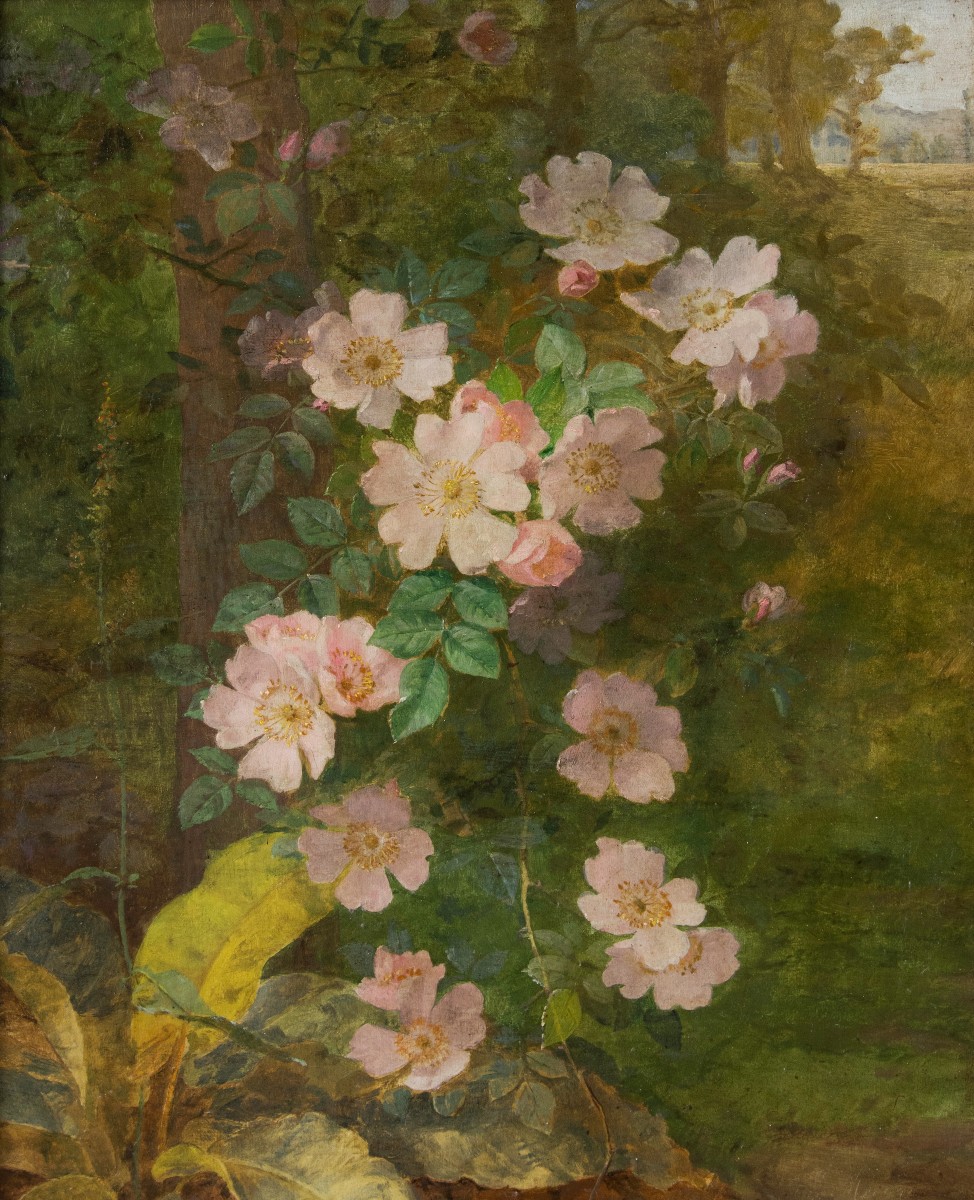
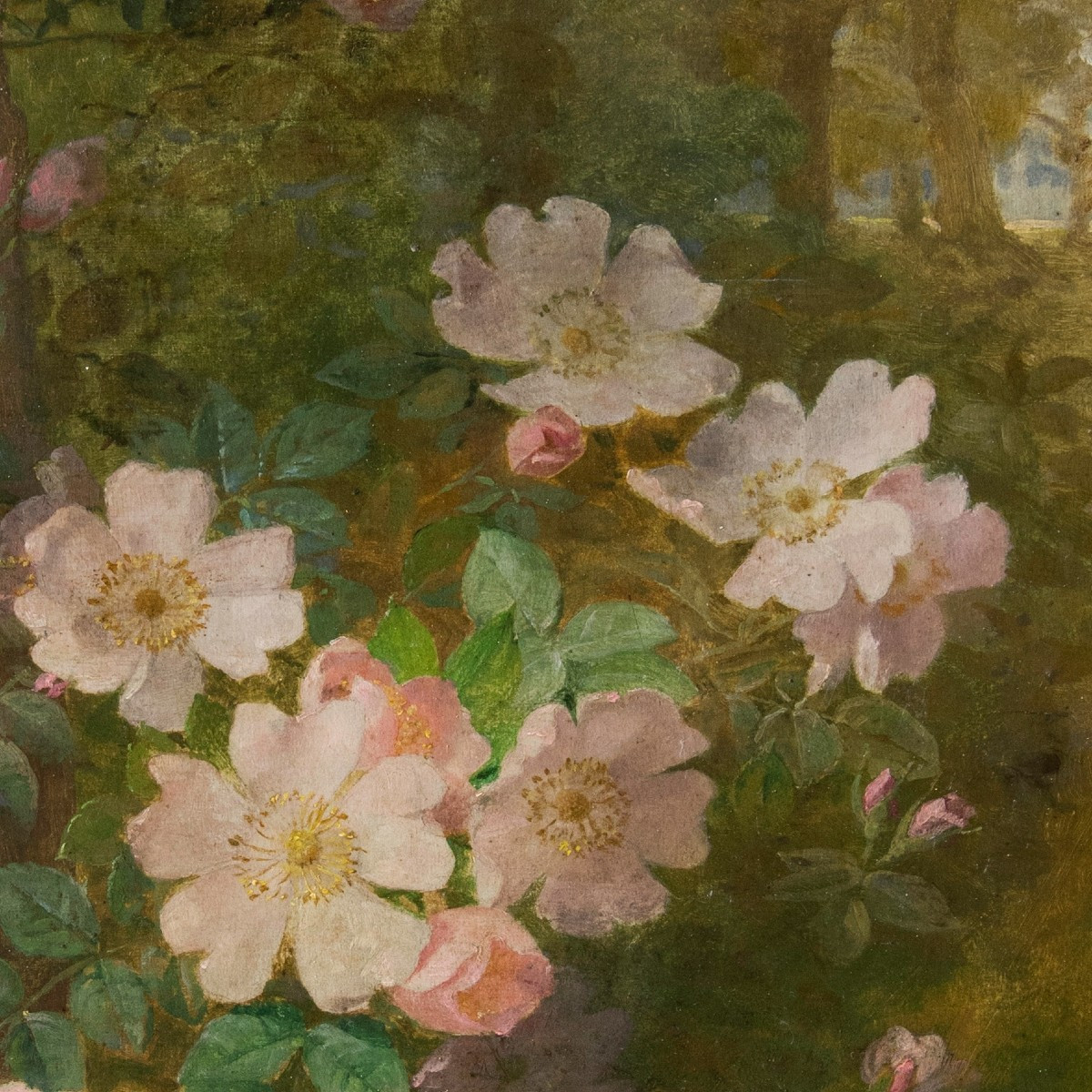
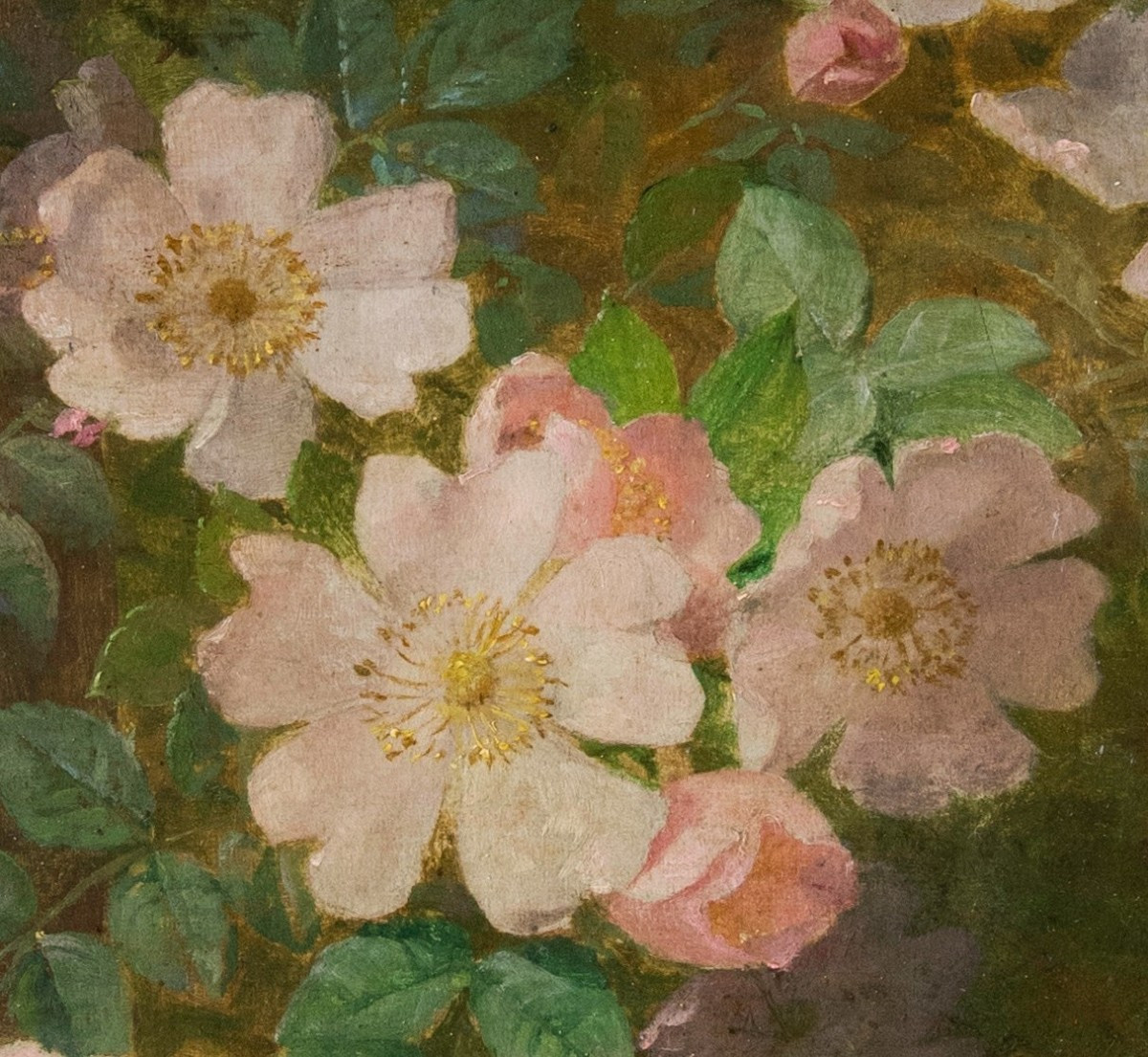
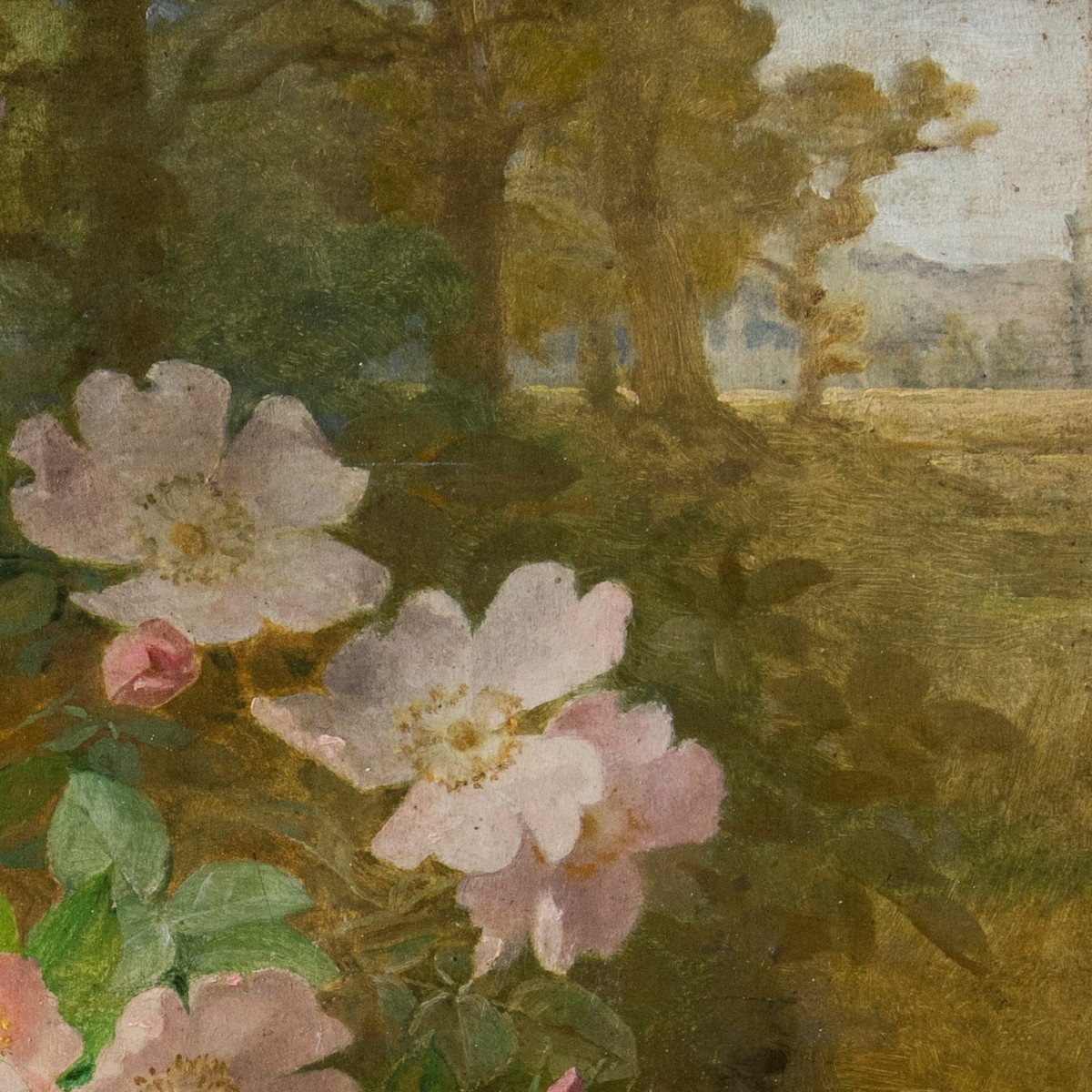
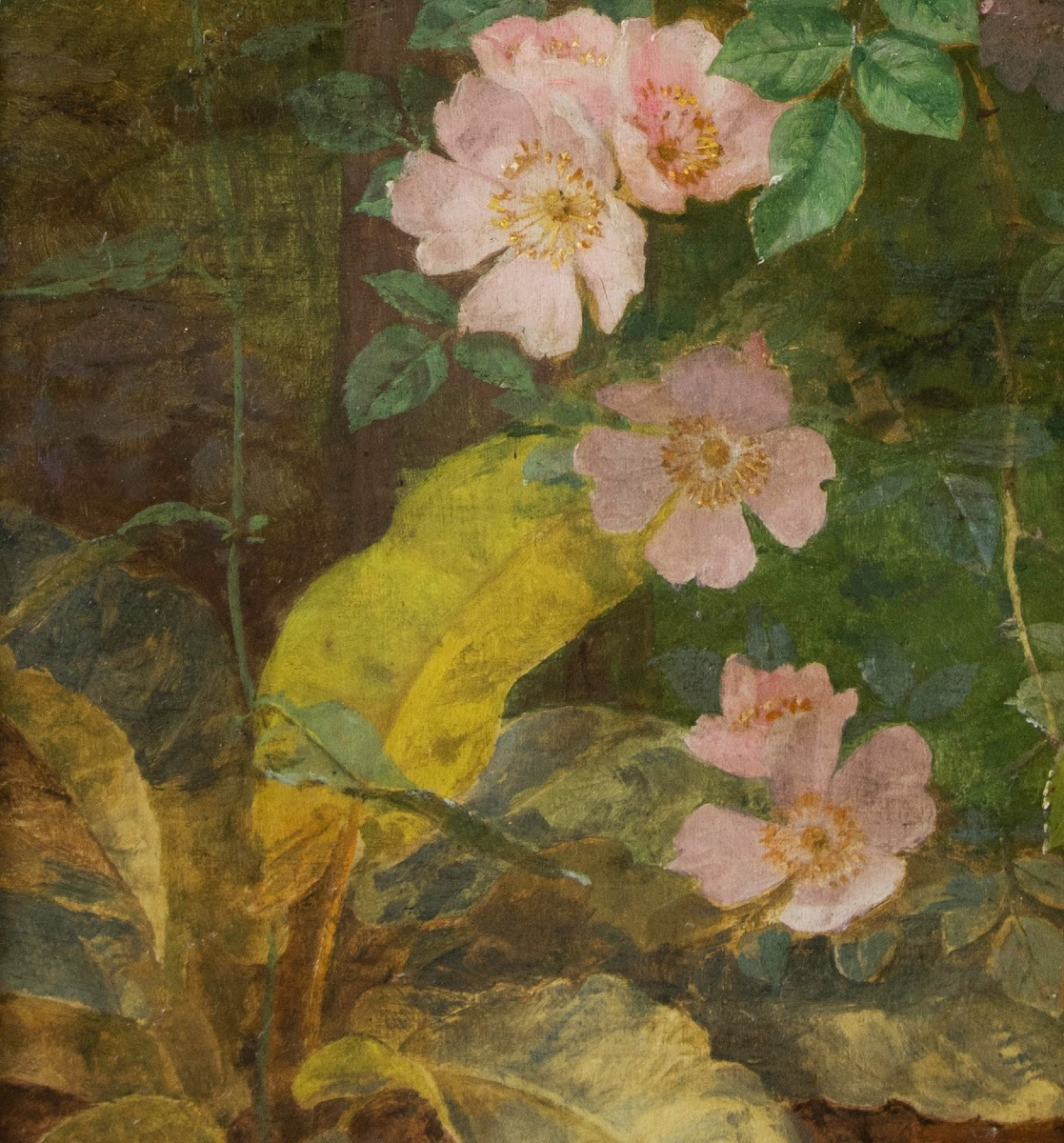
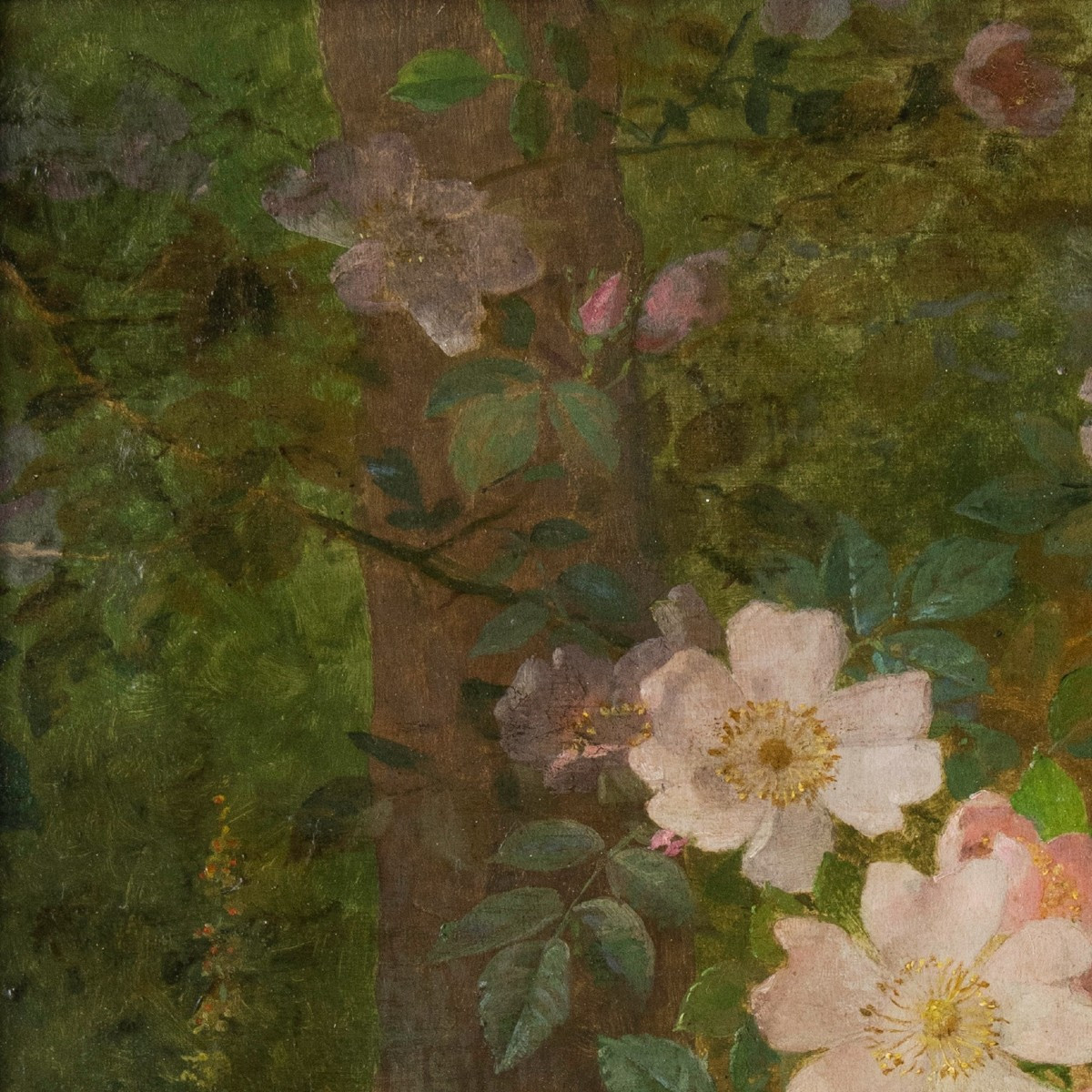

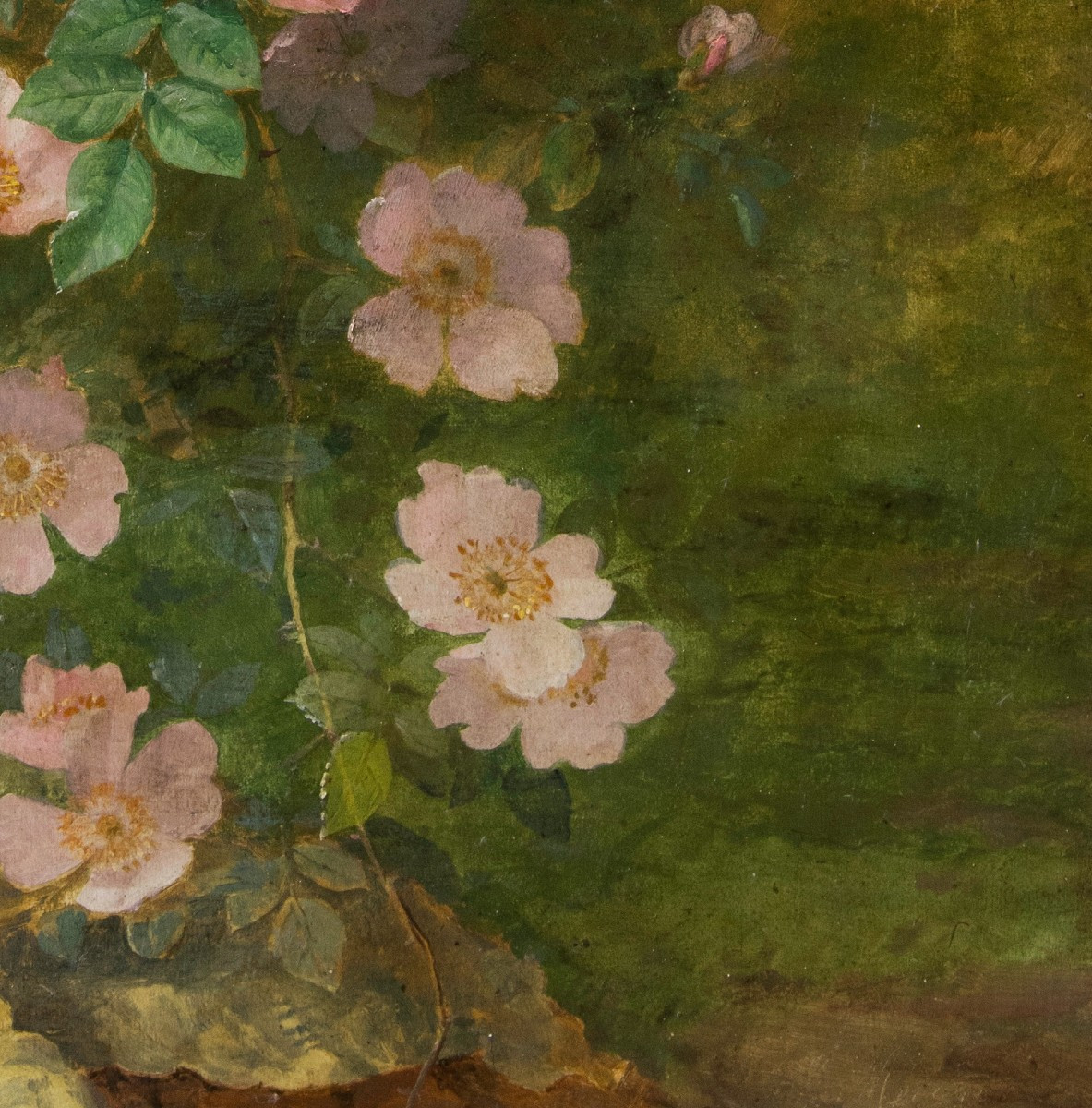
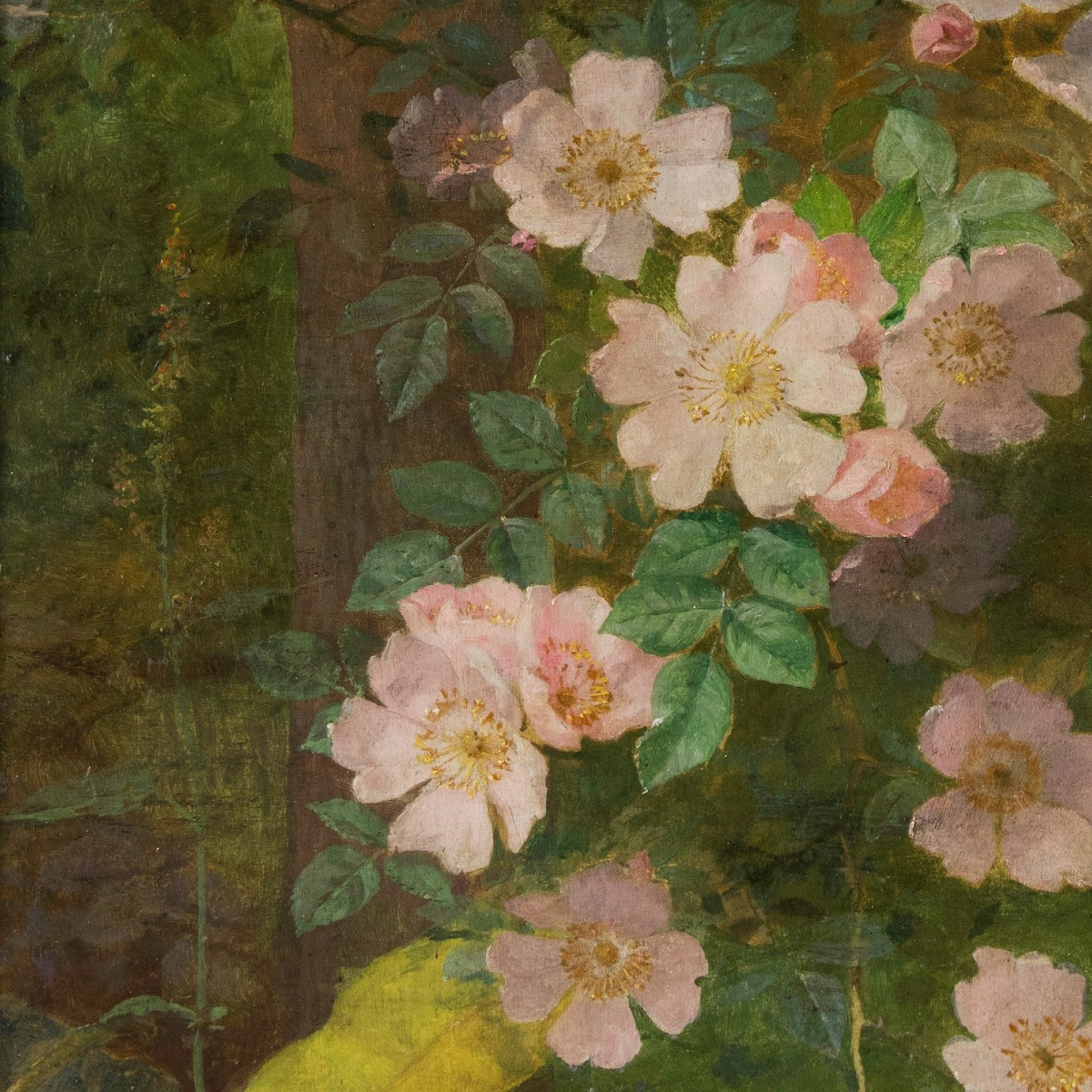

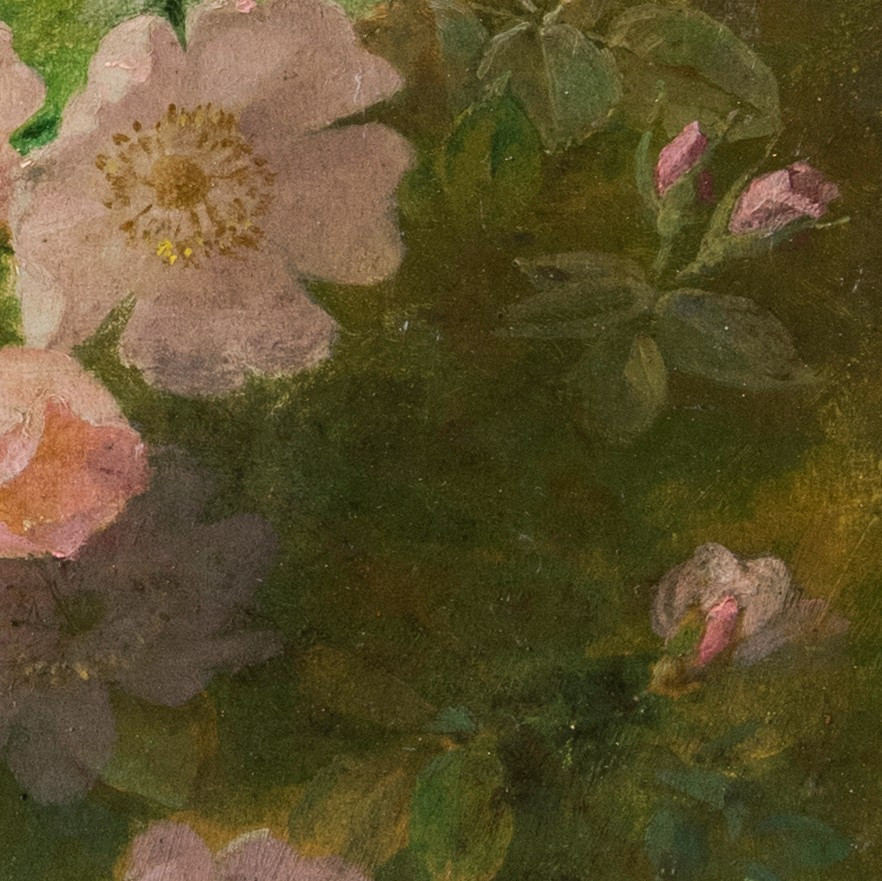
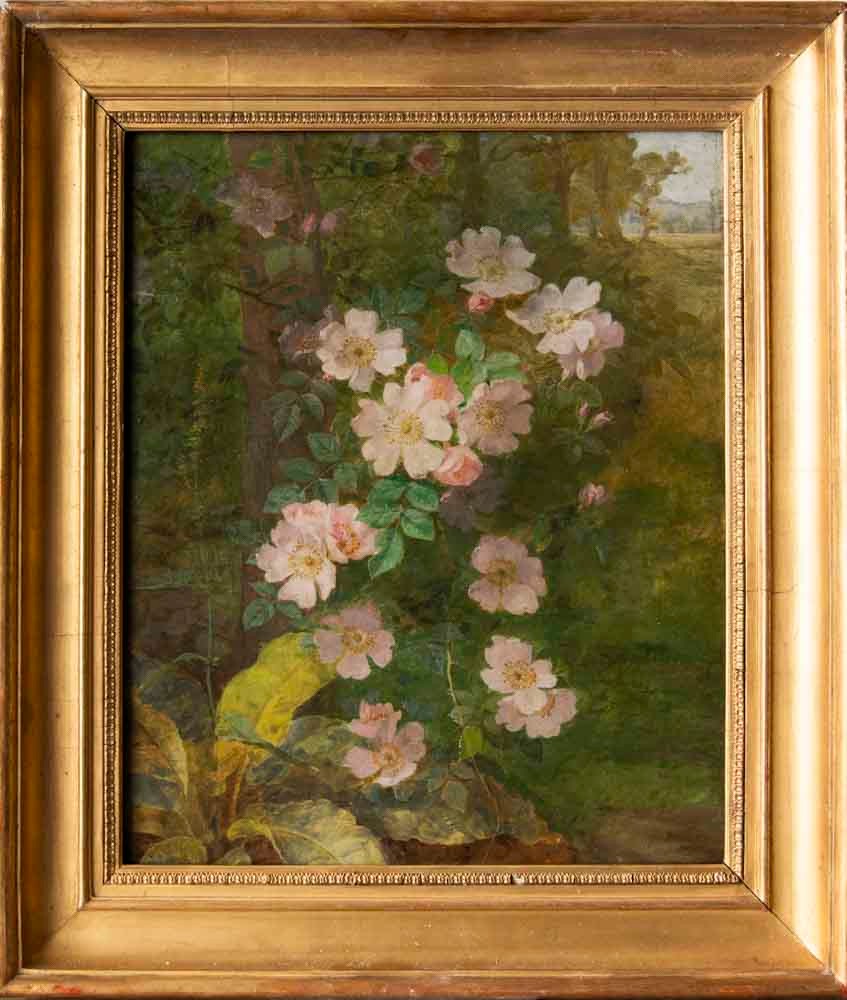













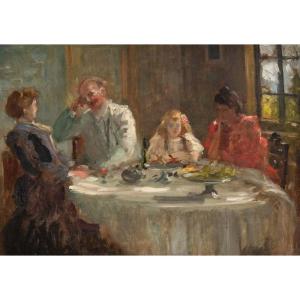















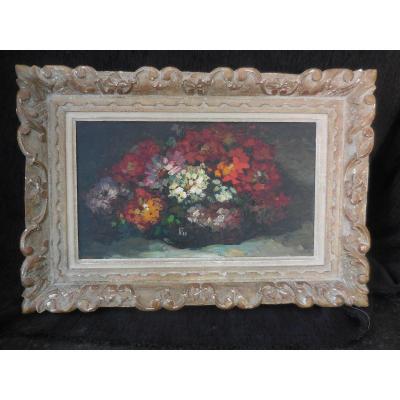

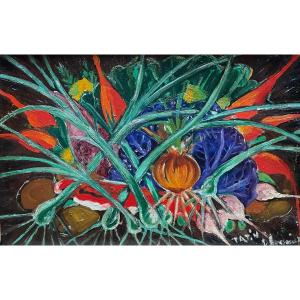




 Le Magazine de PROANTIC
Le Magazine de PROANTIC TRÉSORS Magazine
TRÉSORS Magazine Rivista Artiquariato
Rivista Artiquariato